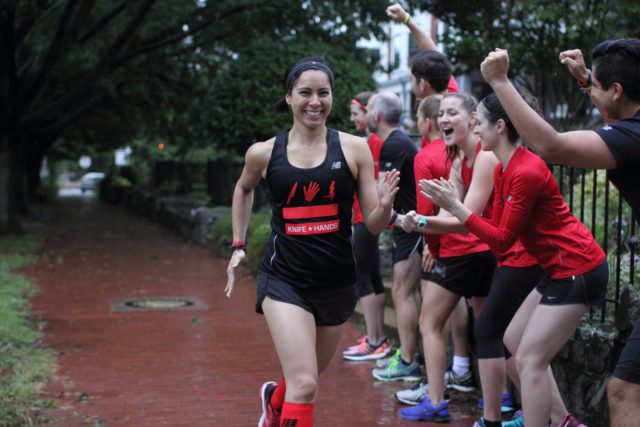
Covering 18 miles at once may not sound difficult to many runners, but it becomes far more difficult when those 18 miles are split up over the course of the three separate runs without proper recovery time in between, lack of sleep or square meals. Plus at least one of those legs takes place in the middle of the night.
Road relays like Ragnar or American Odyssey have become popular staples in the running world. These 24-hour, 12-person races involve runners taking turns running three legs of various lengths across 100+ mile distances across either road or trails. Some teams run short-handed for an extra challenge.
The idle runners follow their active runner in a van, and wait at an exchange zone until it is time to hand off the running responsibility. Trail races, on the other hand, follow loop courses, with participants staying in a camp or village until it is time for their leg.
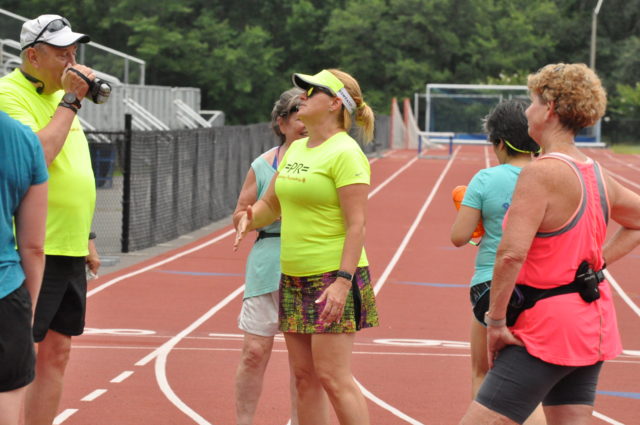
Her athletes are not making headlines or standing on any podiums, but that doesn’t stop Burke’s Kareen Lawson from coaching. With dozens of athletes in the Potomac River Running “Burke Beasts” group under her wing, Lawson is making a difference for athletes of all ages and abilities, with an affinity for the over-40 crowd.
Unlike a lot of runners who started running in high school, Lawson started running as a way to meet friends in her 30s. Until that point, she knew most of her friends through her kids. But when her youngest kid left for college in 2012, she found herself wondering how to make new friends. When a Facebook connection referred her to a training program, Lawson decided that joining the program was a perfect way to make new friends while also losing some weight at the same time.
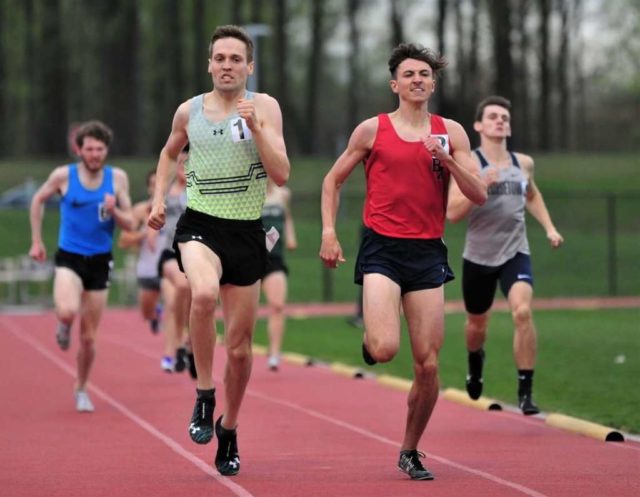
Even as the number of male American milers to hit that mark approaches 550, a sub-four-minute mile is still a middle distance runner’s milestone, bolstered by the stark difference between 3:59.99 and 4:00.00. For the 65 years men have been running sub-four miles, nobody has done it in Washington, D.C.
With a loaded field, that may change July 13 at the D.C. Road Runners Track Championship, when the race’s momentum, a national developmental effort and new track league converge at Dunbar High School. Eight men entered in the mile have broken 4:00, with Trevor Dunbar’s 3:55.54 PR leading the way. A field of more than a dozen women will race the 1,500 meters, several chasing the world championships qualifying standard of 4:06.50. Elinor Purrier (4:02.34) and Shannon Osika (4:06.17) have met the standard, with four more runners within two seconds. Abbey D’Agostino Cooper, a 2016 Olympian at 5,000 meters, is a late entry. Georgetown alumna Katrina Coogan and Lake Braddock alumna Katy Kunc will race in the elite field.
Brian Danza has been directing the meet and recruiting runners for years and watched the men’s mile times steadily drop over the last seven years down to 4:03 – in a deluge – from 4:16 in 2012. He feels like the meet has something to prove.
“New York and Oregon have a few big meets each year and D.C. doesn’t,” he said.
He saw no reason why the DCRR Track Championships could not be that meet for D.C.

Sean and Ryan Leahy love going the miles together. The 25-year-old Alexandria brothers have been running together since high school, but are now upping their mileage out on the trails.
The Leahys both ran at Slippery Rock University, north of Pittsburgh. Sean ran for three years, his main event being the 400-meter hurdles. Ryan ran for only a year and a half, his main events being the 400 and 800.
“After that year and a half, my sister got me into the ultra community in western Pennsylvania,” Ryan said. Intrigued by the longer distances out on the trails, Ryan decided to give it a shot. From there, he put the 400 and 800 behind him.
He ran his first ultra, a 50K, during his sophomore year in college.
“I had no clue what I was getting myself into,” Ryan said. “My sister said, ‘There is this race by my house. It’s a 50K. You should do it.’ I think being naïve helped me out because I had nothing to compare it against. No expectations allowed me to enjoy the experience and get the most of out of it that I could.”
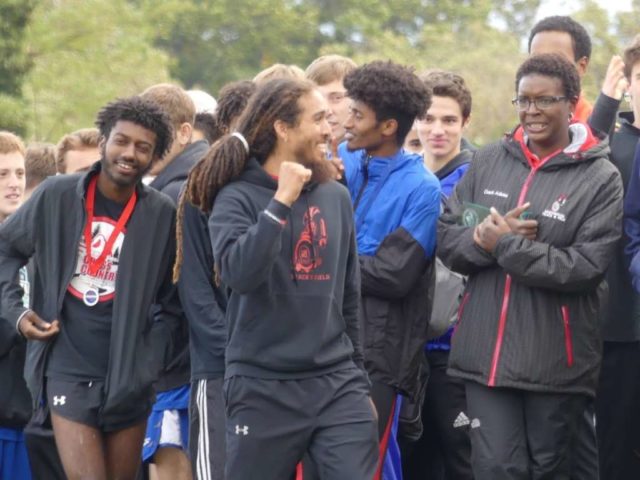
Giovanni Reumante’s experience as a freshman at Northwood High School was a little different than most. His school had recently reopened after being used for offices for the previous 19 years, but rather than siphoning students from other schools, he and his peers were the only class in the school. The Gladiators could have been called the Trailblazers.
He was one of the first members of the school’s track team in 2005, and the cross country team in 2006.
“It was an interesting year. My freshman year, we only had freshmen,” he said. “We were always the top of the class. We didn’t have upperclassmen until we were the upperclassmen.”
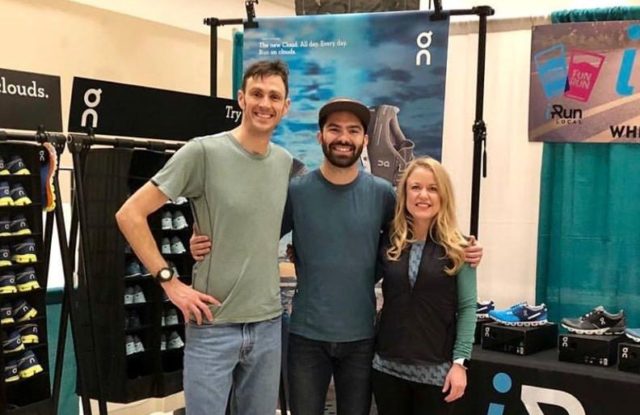
You may not know their names, but you probably know their brands.
If you’ve been to a race expo, attended a brand-sponsored event, or even participated in a fun run at your local running store, odds are you’ve encountered a footwear brand representative. They are the hidden people behind your favorite running shoe brands, working across the region to make sure their brand and products are properly celebrated and understood.
The job description of a footwear brand rep is not easy to describe, admits D.C.’s Brennan Schwab, who will soon be celebrating his two-year anniversary as a Brooks rep this April. “It’s kind of a mix between sales, education, and marketing.”
Put in simple terms, the job of a footwear brand rep is to interact with stores who sell that brand’s product. Reps ensure that the sales associates at those stores understand the product, know how to sell it, know what’s coming up next, and to assist with any events, education or promotion.
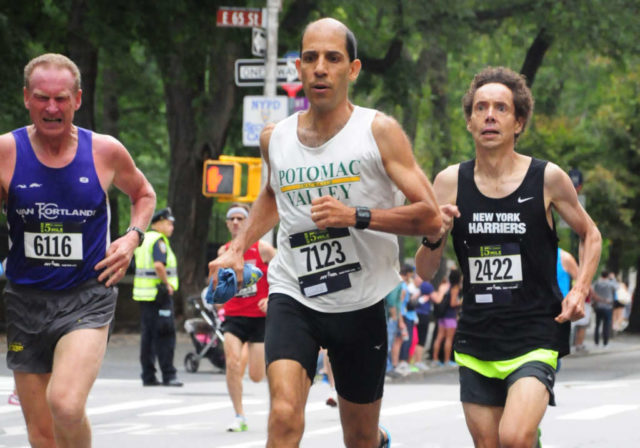
“I love the mile,” said D.C.’s Henry Wigglesworth, who considers it his favorite race distance. The 61-year-old has fallen in love with the mile after years as a distance runner.
Wigglesworth took up running after college when he moved to New York City and his friends encouraged him to run the New York City Marathon. He did not take the race too seriously but enjoyed it enough to run it again a few years later. During his second New York City Marathon, Wigglesworth even stopped in Central Park for a beer with his friends toward the end of the race.
“I didn’t really think of myself as a very serious runner,” he recalls.
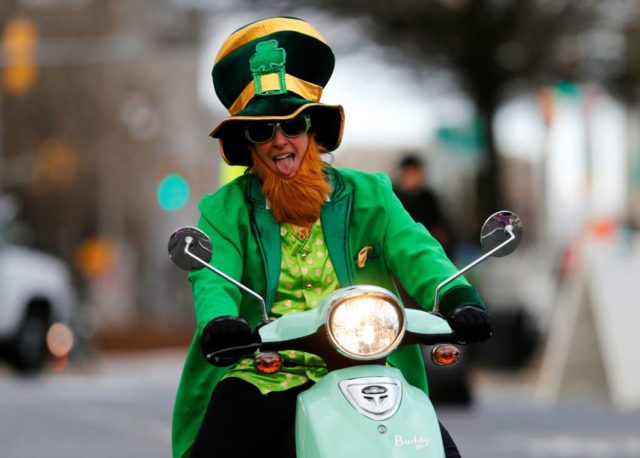
The D.C. area is home to one of the most vibrant running communities in the world, with multiple races happening every week. But it’s easy for runners to miss the inner workings when they’re focused on getting to the finish line.
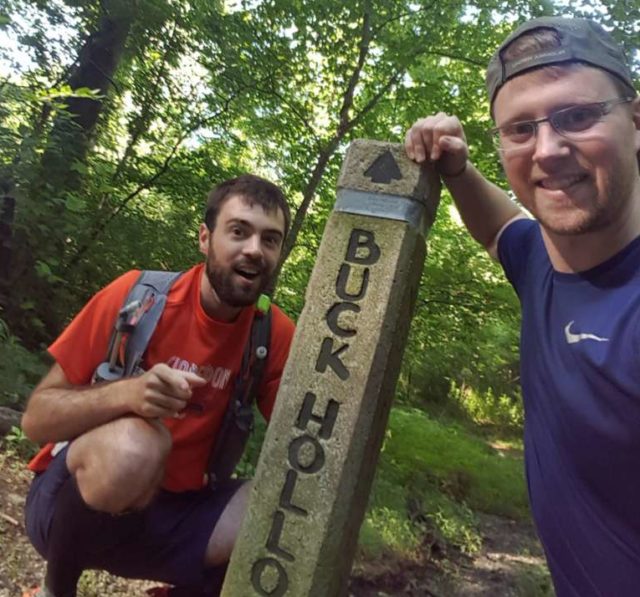
We all know that runners can get intense. But for most runners, there is a finish line at the end where the intensity comes to a stop. That was not the case for us. For 101 straight days in the heat of D.C. summer, my friend Brian McElhaney and I competed in a grueling run streak competition, all for the prize of a $30 dessert.
Brian and I are both Arlington residents and coworkers at Potomac River Running. One day in the early summer, Brian proposed seeing how many days we could run idea of having a run streak competition between the two of us. I thought it sounded fun, so I agreed. At the time, neither of us really understood what we were getting into.
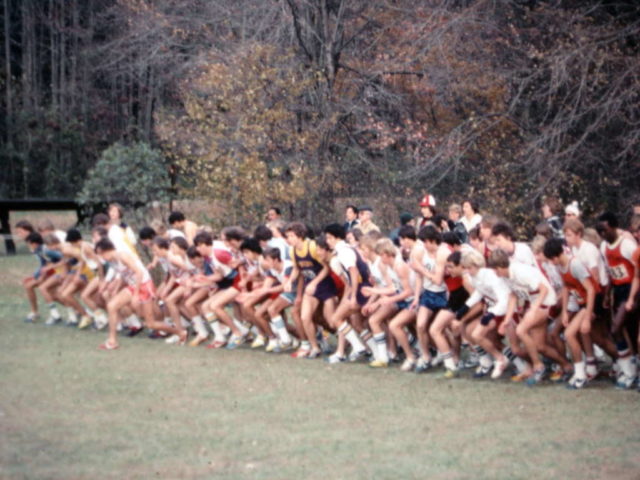
Tradition versus at uniformity on Fairfax County’s hallowed grounds
Anyone who’s been part of Fairfax County cross country knows the Burke Lake course. You can’t talk to a cross country runner without hearing about it. Since 1974, the park in Fairfax Station has served as a primary competition location, playing host to numerous postseason races, district meets and the season-opening Monroe Parker Invitational. Some of the best distance runners in the country have been through there.
Despite a few minor tweaks here and there, the course has remained relatively unchanged since 1974, which gives it a certain sentimental identity. But unlike the other courses that grace Fairfax County’s high school cross country scene, Burke Lake is not a 5K. It’s 2.98 miles and it has been that way from the beginning. This has sparked a debate over whether to preserve this unique trait or to conform the venue to other courses.

